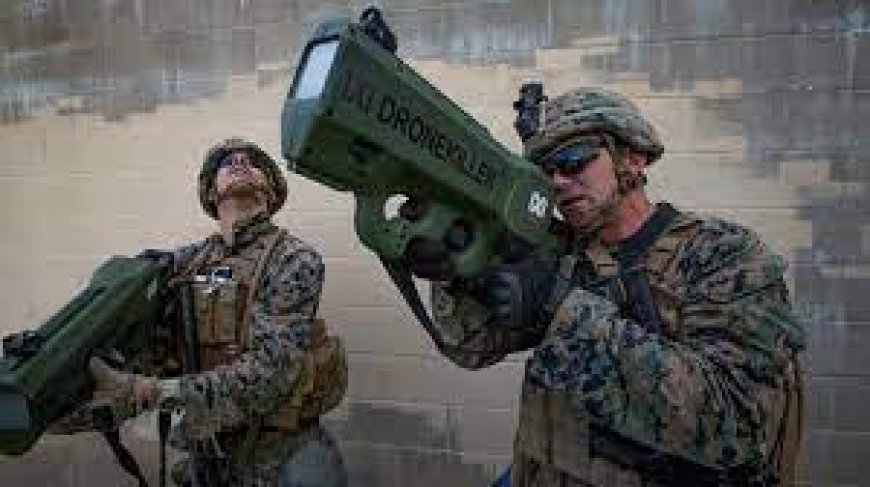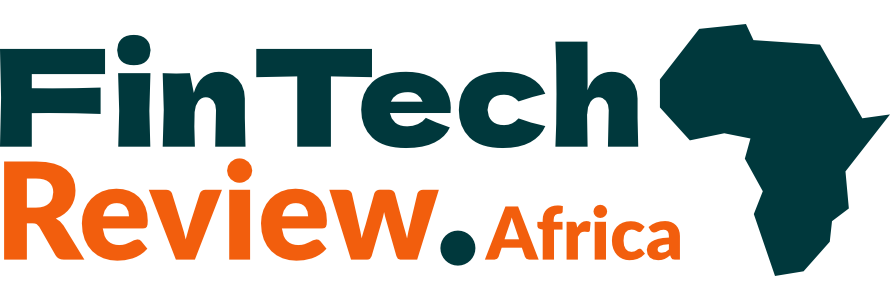For NATO’s collective defence, Europe must lead on data sharing

As the alliance moves to boost its defence spending and capabilities, its European members should champion a NATO-wide approach to data sharing that serves their strategic interests.
NATO members are meeting in The Hague this week to discuss plans to increase defence spending and capabilities, with implications for digital strategies and cyber defence. Faced with new uncertainties and a changing relationship between Europe and the US, NATO should expand secure, trusted data sharing to bolster collective security.
The alliance’s European members are right to acknowledge there are risks in continuing to disproportionately depend on the US for their data-sharing infrastructure. But a NATO-wide approach, bolstered by UK and EU strategies, is currently the only viable option for protecting allies’ sovereignty and resilience.
Why data is a strategic asset
Data has long been a critical component of security and defence. NATO members rely on secure, trusted data sharing as the foundation for cooperating on joint military operations and sharing intelligence.
Data sharing is already a crucial part of NATO’s digital transformation strategy, which aims to improve the way the alliance harnesses technology and ensure that operations can be conducted seamlessly across military domains (such as cyber, space and kinetic).
NATO’s Data Strategy, released last month, builds on this digital transformation strategy. It acknowledges data as a strategic asset, aiming to transition the alliance into a ‘data-centric organisation’ that can use data-driven decision-making to inform ‘battlespace advantage’. It also promotes a coherent, coordinated approach among allies for handling data. This is key in bolstering collective defence against NATO’s major adversaries, including Russia, which carries out cyberattacks and information warfare alongside its kinetic military operations.
Data is the bedrock upon which NATO’s collective security rests, the connective tissue between all of its operational domains, and is essential to maintaining the alliance’s technological edge.
Alongside NATO-wide strategies, the UK and the EU (which includes most of NATO’s European members) have also recently released their own digital and defence strategies. The UK’s Strategic Defence Review places data and digital systems at the core of modernising military capabilities, while the new EU International Digital Strategy (as well as policy agendas on AI and digital sovereignty) recognize data as central to secure, sovereign infrastructure.
Both the UK and EU strategies emphasize sovereignty – while they largely avoid mentioning the US by name, they come against the backdrop of growing concerns in Europe about the extent of dependency on US technology and infrastructure.
NATO’s European members have long relied on US-controlled infrastructure in defence and security. But these European countries are now facing a sobering realisation: their military capabilities depend on a country whose political landscape is unpredictable, and whose legal and commercial frameworks do not necessarily align with European interests.
The costs and benefits of dependency on the US
Dependence on the US does create risks – some real and some alarmist – which are influencing how Europe approaches its collective security.
One potential concern is the entanglement of national security and US Big Tech. US cloud providers underpin the security and defence frameworks of many European NATO members. Many advanced weapon systems such as drones might depend on cloud services provided by US companies to function.
Likewise, the reliance on Starlink for battlefield communications in Ukraine showed how decisions made by private commercial actors and leaders may have the ability to influence military operations, potentially in misstep with European security priorities.
The recent intelligence leak from the US administration also triggered concern about how NATO’s strongest member handles sensitive data about military operations.
Developing fully ‘sovereign’ European tech infrastructure would be hugely expensive and take years, perhaps even decades.
However, for now the transatlantic alliance remains intact and provides the strongest form of collective security for its members. NATO’s digital ecosystem relies on interoperability and free data flows for security and trade alike. For European allies, pursuing individual strategies – without strategic coordination – could risk its fragmentation.
NATO chief Mark Rutte warns Russia could use military force against alliance in five years
Many Europeans also still consider the US as a strong partner for cutting-edge defence tech and data. While some companies – especially those in Big Tech – may now be seen as unreliable and too political by some European partners, others still enjoy strong ties to Europe and especially Ukraine.
In any case, the EU and UK are currently incapable of rapidly extricating themselves from US-supplied infrastructure, even if they wanted to. There is a lack of viable alternatives. Developing fully ‘sovereign’ European tech infrastructure would be hugely expensive and take years, perhaps even decades.
NATO’s European states cannot wholly decouple their military capabilities from reliance on US providers. A shared digital ecosystem with seamless, secure data flows is still of strategic benefit. But for European countries, reckoning with dependencies requires a balance of both pragmatism and confidence.
How NATO should embrace data sharing
To achieve the ‘quantum leap’ in defence called for by NATO Secretary General Mark Rutte in a recent speech at Chatham House, the alliance’s European members must treat data sharing as a core capability, rather than a technical afterthought. In practice, this means ensuring seamless data sharing is embedded from procurement through development to systems operations, including in air and missile defence systems.
Data sharing can both enable improved capabilities and increase their efficiency, as allies explore ways to meet the proposed 3.5 per cent spending target in ‘hard defence’ and the 1.5 per cent target in defence-related areas.
Data governance and security North Atlantic Treaty Organization (NATO) European defence Cyber security
Our flagship email provides a round-up of content, plus the latest on events and how to connect with the institute.
As the alliance collects and stores more data – including on joint operations and new capabilities – it should expand guidance on using data for enhancing collective defence, perhaps by leveraging existing common standards and values-based data arrangements (for example, the OECD’s ‘data free flow with trust’ principles).
Using the alliance’s proposed framework on data sharing, NATO’s European members should better coordinate strategies to enhance European security. Strengthening NATO’s collaborative data-sharing ecosystem – to ensure it can keep all allies up to speed, including about the new-capabilities of adversaries – is a step in the right direction.
The UK and EU have a crucial role to play. Policymakers must ensure new initiatives on data, AI and infrastructure also complement NATO approaches. Multilateral (via existing EU-NATO dialogue and coordination) or multistakeholder venues (such as the NATO Cooperative Cyber Defence Centre of Excellence) are suitable channels for doing so. Proactively learning from how Ukraine handles and protects data flows will be essential.
The EU must enable its defence industry to boost capabilities and reduce dependence on US systems
The alliance must also clarify what it expects from secure, trusted providers from the private sector, especially as NATO’s European members invest in homegrown defence industries and build a battle-ready data-sharing ecosystem. Companies may be the first to move: Microsoft has committed to keeping EU customer data onshore and building more data centres.
Data is the bedrock upon which NATO’s collective security rests, the connective tissue between all of its operational domains, and is essential to maintaining the alliance’s technological edge. To fully realize the goals NATO has now set for itself in a more volatile, multipolar world, the alliance’s European members should promote data sharing as a means to empowering homegrown military capabilities and strategic autonomy. They must also be aware of their vulnerabilities and think strategically about ‘sovereign’ data flows, for the sake of Europe’s security and resilience – today and in the difficult decade to come.
Source: https://www.chathamhouse.org

 Francis
Francis 





